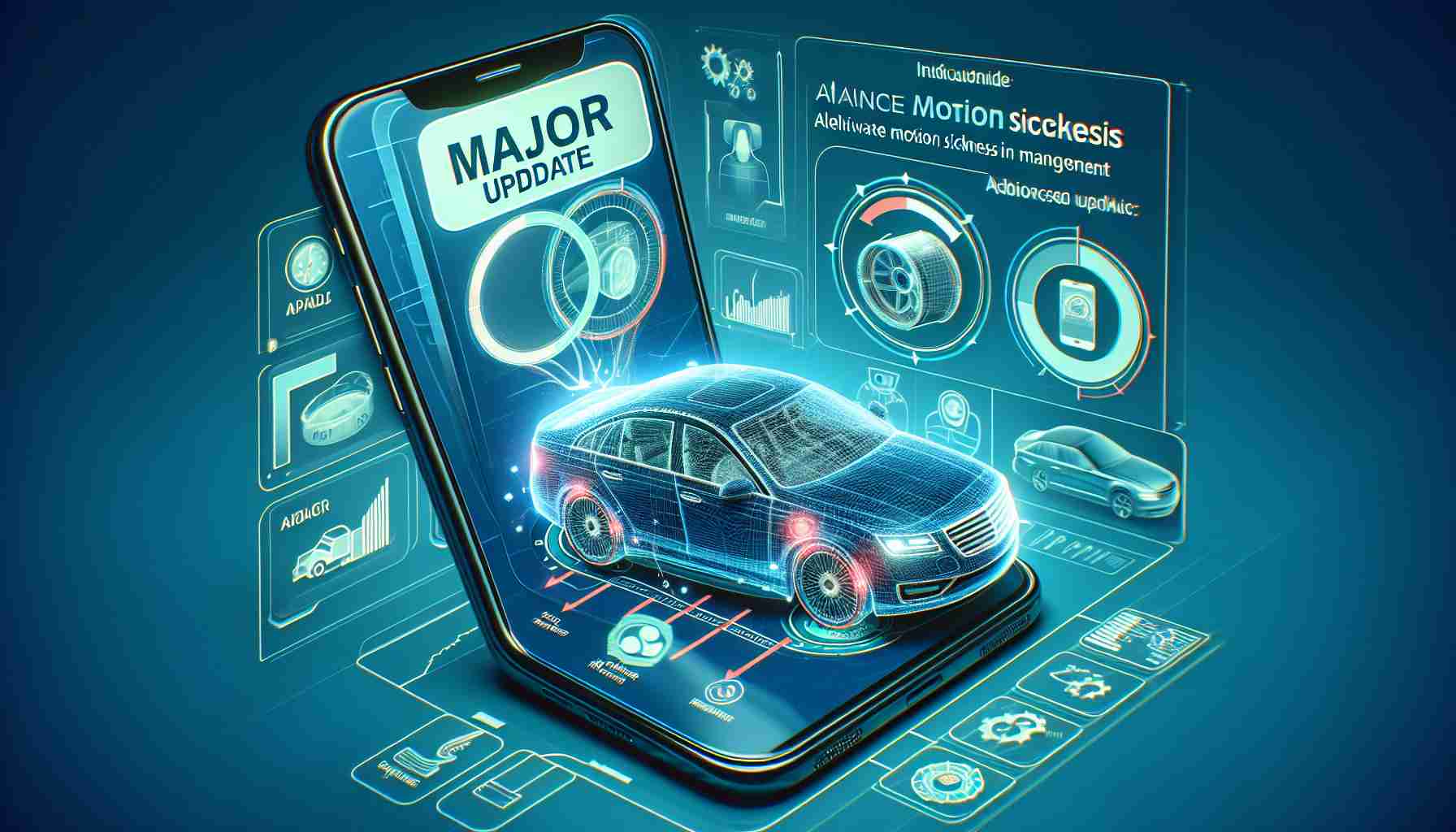Apple Innovates for Enhanced Comfort with Vehicle Motion Cues and Sound Recognition
Technology giant Apple is once again at the forefront of innovation with its latest feature tailored for iPhone and iPad users—introduced as “Vehicle Motion Cues.” This fresh development targets the long-standing issue of motion sickness experienced by passengers. The genius behind this concept lies in the iPhone’s ability to harness its internal GPS and accelerometers to detect in-vehicle movements. This corresponds with a dynamic display of animated dots that mimic directional shifts of the car, thus providing visual harmony with the environment and alleviating symptoms of discomfort.
Furthermore, Apple is not just stopping at visual aids but also expanding its accessibility features with “Sound Recognition.” This new addition will assist users who are deaf or hard of hearing by alerting them to critical sounds such as sirens or car horns, enhancing their situational awareness and safety.
Apple has a history, spanning over 40 years, of refining features to support individuals with disabilities. Their efforts extend into intentional settings that offer benefits beyond their targeted audience. For example, users seeking respite from the digital entanglement can opt for iOS’s “Color Filters” combined with “Smart Invert” or “Classic Invert,” resulting in a less distracting grayscale screen. Similarly, CarPlay is being tailored with filters and larger, bolder text options, simplifying navigation for users with color vision deficiencies.
The release of “Vehicle Motion Cues” is a testament to Apple’s dedication to inclusivity and user comfort, transcending traditional smartphone capabilities and enhancing travel experiences for all.
Questions and Answers Related to the Revolutionary iPhone Update for Motion Sickness:
1. What is motion sickness, and how prevalent is it?
Motion sickness occurs when there is a conflict between the visual cues the body receives and its sense of movement, affecting up to one-third of the population. This disparity can lead to symptoms such as nausea, dizziness, and vomiting.
2. How does Apple’s new “Vehicle Motion Cues” feature work?
The feature uses the iPhone’s built-in GPS and accelerometers to detect the car’s movements and reflect these as visual cues on the device’s display, presumably in real-time, to help the user’s visual sensory perception match the physical motion they are experiencing.
3. What is “Sound Recognition,” and why is it important?
“Sound Recognition” is a feature designed to assist individuals who are deaf or hard of hearing by detecting critical sounds in the environment, such as sirens or car horns, and alerting the user through visual notifications or vibrations.
Key Challenges and Controversies:
– Effectiveness: There might be skepticism about whether the “Vehicle Motion Cues” can genuinely alleviate motion sickness for most users, as individual experiences with motion sickness can vary widely.
– Technological Limitations: The accurate detection and processing of vehicle movements and conversion into visual signals in real-time might face technological hurdles and require rigorous testing to ensure reliability.
– Accessibility and Usability: Ensuring these features are easily accessible and understandable by all users, including those not familiar with advanced settings, could be challenging.
Advantages and Disadvantages:
Advantages:
– Reduced Motion Sickness: For many users, this feature could potentially alleviate the unpleasant symptoms of motion sickness during travel.
– Improved Accessibility: “Sound Recognition” can enhance the safety and situational awareness for individuals who are deaf or hard of hearing.
Disadvantages:
– Distraction Risks: Looking at a screen to seek visual sync with car movements could inadvertently increase the risk of visual distraction.
– Battery Usage: The continuous use of GPS and motion sensors may result in higher battery consumption.
For more information on Apple’s initiatives and innovations, visit their official website: Apple.
